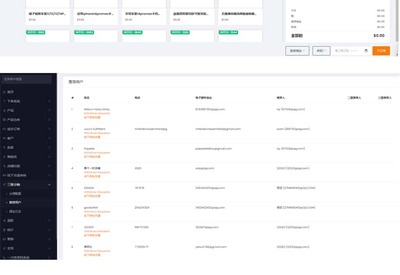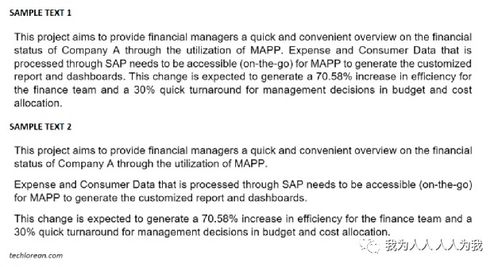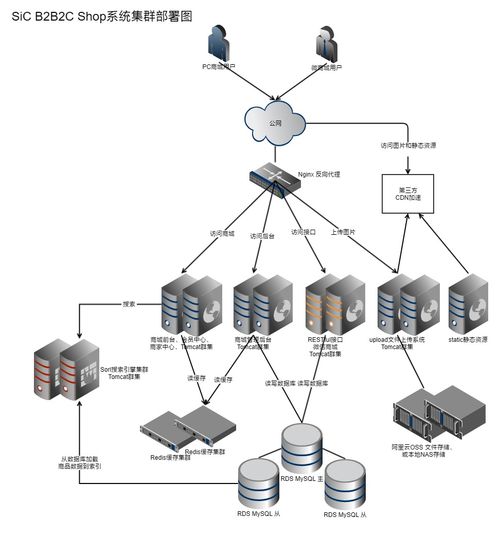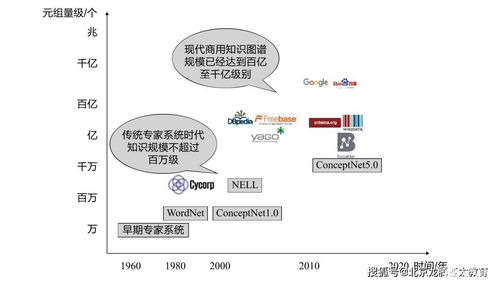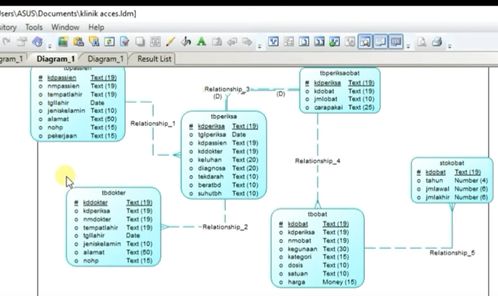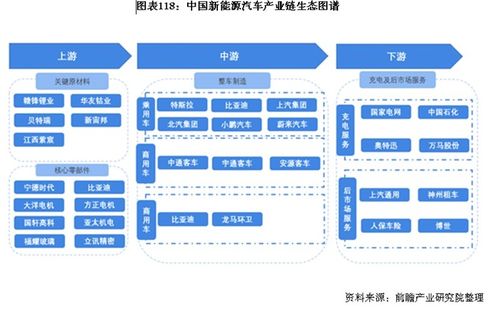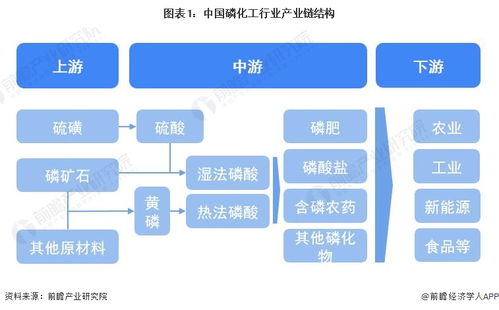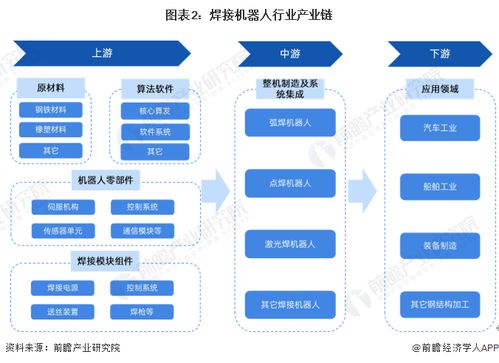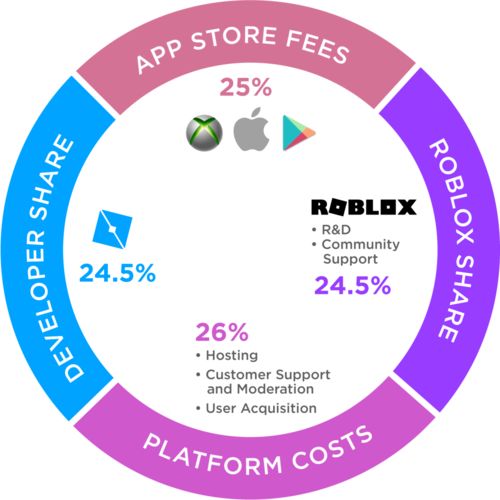In today's globalized economy, establishing a robust multilingual and multi-user B2C cross-border e-commerce platform is essential for businesses aiming to tap into international markets. Such a system enables seamless online transactions, catering to diverse customer bases across different regions. This article outlines the key steps and considerations for developing a B2C overseas e-commerce website, from sourcing reliable source code to deployment.
First, understanding the core requirements is crucial. A B2C cross-border e-commerce system must support multiple languages to serve customers in their native tongues, enhancing user experience and trust. It should also accommodate multiple users, including administrators, vendors, and customers, with secure role-based access controls. Key features to integrate include product catalogs, shopping carts, payment gateways (like PayPal or Stripe), tax calculations, shipping integrations, and customer support modules.
Next, selecting the right technology stack and source code is vital. Opt for scalable frameworks such as Magento, WooCommerce, or custom solutions using PHP, Python, or Node.js. Ensure the source code is well-documented, secure against common vulnerabilities (e.g., SQL injection, XSS attacks), and compliant with international standards like GDPR for data privacy. Open-source options can reduce costs, but custom development allows for tailored functionalities.
During development, focus on user interface (UI) and user experience (UX) design to create an intuitive, mobile-responsive site. Implement localization features, such as currency conversion and region-specific content, to appeal to global audiences. Testing is a critical phase; conduct thorough quality assurance, including performance testing, security audits, and multi-language compatibility checks.
Finally, deploy the system on reliable cloud hosting platforms like AWS or Google Cloud to ensure high availability and scalability. Post-launch, maintain regular updates, monitor analytics for customer behavior, and integrate marketing tools to drive traffic. By following these steps, businesses can successfully build and manage a B2C overseas e-commerce platform that fosters growth in the competitive global market.
